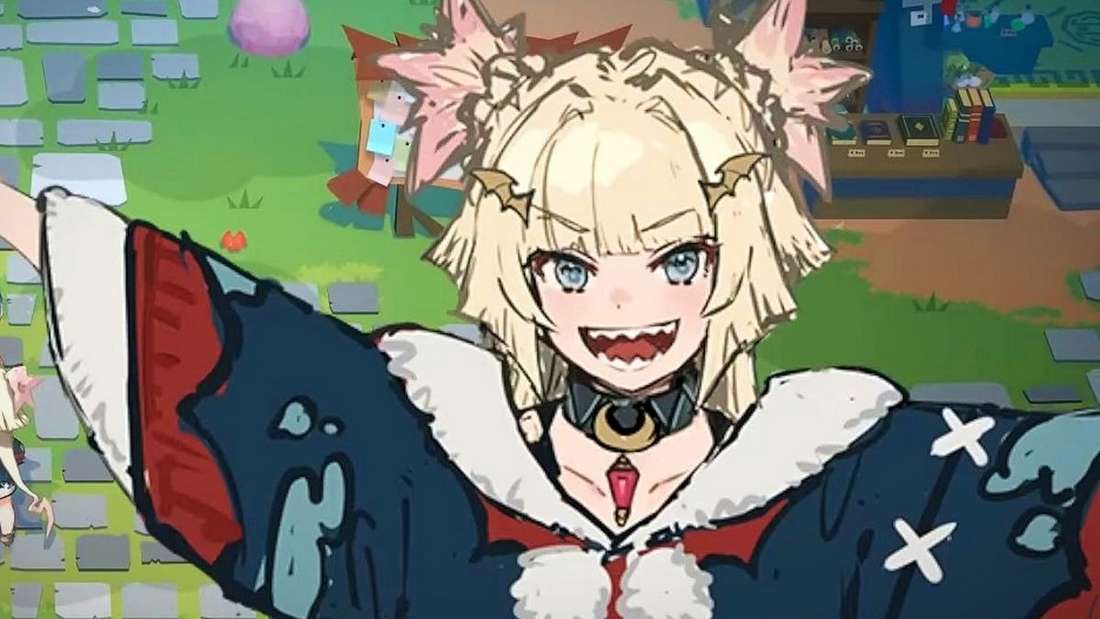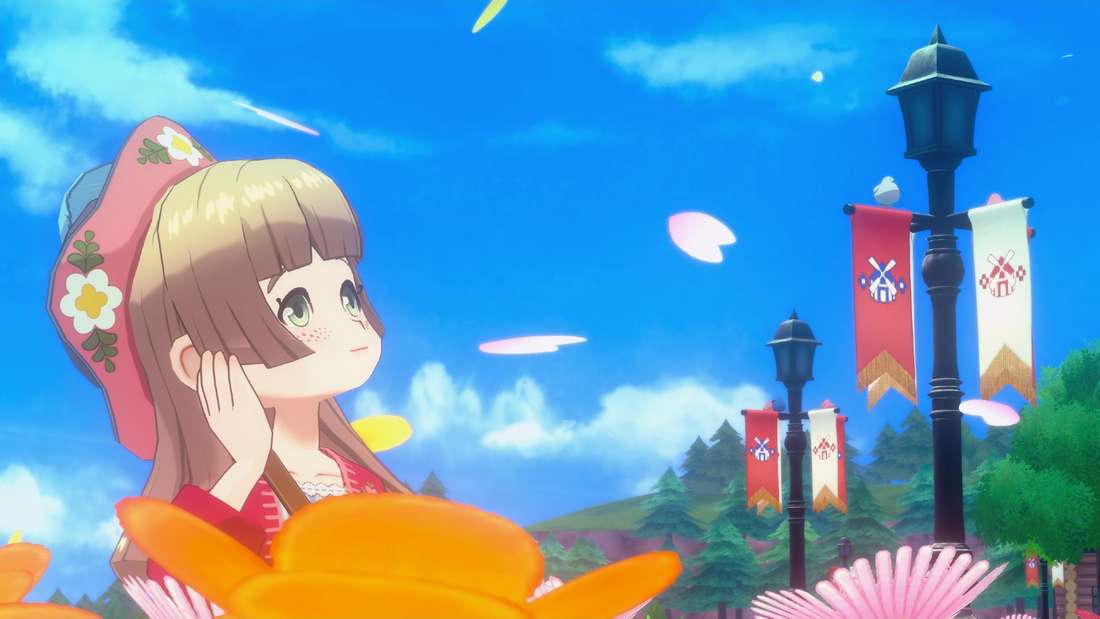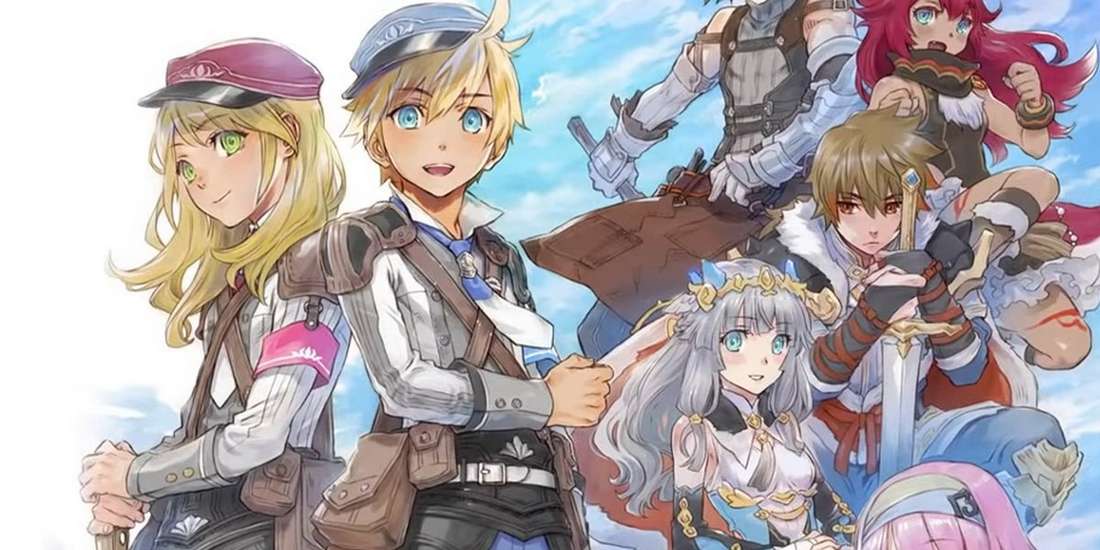“Farnia Village” Shatters Expectations: Ex-Rune Factory 4 Leads’ New Farming Sim RPG Achieves Monumental Funding in Under 24 Hours
Popular Now
 TOKYO, JAPAN – In a clear signal that the appetite for high-quality, fantasy-infused life simulation remains fervent, a new farming simulation RPG titled “Farnia Village” has completely demolished its funding target on Kickstarter, reaching its goal in a single day. This project is notably helmed by former lead programmer and director of Rune Factory 3 and Rune Factory 4, Shinichi Manabe, alongside scenario writer Takanori Tsuji, immediately drawing massive attention from the global JRPG and cozy gaming community.
TOKYO, JAPAN – In a clear signal that the appetite for high-quality, fantasy-infused life simulation remains fervent, a new farming simulation RPG titled “Farnia Village” has completely demolished its funding target on Kickstarter, reaching its goal in a single day. This project is notably helmed by former lead programmer and director of Rune Factory 3 and Rune Factory 4, Shinichi Manabe, alongside scenario writer Takanori Tsuji, immediately drawing massive attention from the global JRPG and cozy gaming community.
The swift success of the Farnia Village Kickstarter campaign—which sought to raise five million Japanese Yen—underscores a substantial gap in the current market for titles that blend the deep farming mechanics and relationship building of the Story of Seasons genre with engaging action RPG dungeon-crawling and monster taming. For fans who have long cherished the specific blend of gameplay offered by the highly-rated Rune Factory series, this new endeavor represents a significant and much-anticipated return to form for its creative architects.
 The Core Promise: A Fantasy World Worth Living In
The Core Promise: A Fantasy World Worth Living In
The development team behind Farnia Village is crafting an experience centered around the promise of “a game shaped by a fantasy world you’d love to live in.” The premise is classic yet compelling: the player character awakens in a peaceful village with no memory, tasked with cultivating a new life and paying off a debt. The narrative hook of memory loss combined with the simple, rewarding loop of village life immediately resonates with veterans of the genre.
Key features highlighted in the campaign and driving this surge in early backing include:
- In-Depth Farming Mechanics: Players will till the soil, plant a wide variety of crops, and even grow a “big tree,” with crops generating Mana to enhance the character’s abilities. The farming aspect is designed to be easy to pick up but offers substantial depth for those who wish to master it, including whimsical tools like floating magic sprinklers.
- Robust Adventure and Combat: Beyond the fields, the game features varied environments to explore, including seasonal dungeons, ever-changing ruins, and formidable foes, promising the essential Action RPG element. Players can team up with villagers or tamed monsters, bringing essential supplies like bento boxes for sustained dungeon runs.
- Rich Relationship Building: A core element of the game is enjoying everyday life and seasonal festivals with a cast of unique villagers. Building friendships, completing requests, going on dates, and the option to get married are all confirmed features, ensuring a deep and personal investment in the world of Farnia.
- Post-Game Longevity: In a direct nod to a frequent fan request within the genre, the developers explicitly stated that the world will continue after the main story concludes, allowing players to genuinely live their daily life in the completed fantasy world.
 High CPC Keywords and Market Dynamics
High CPC Keywords and Market Dynamics
The immediate and overwhelming success of this Kickstarter project speaks volumes about the current state of the video game investment landscape. The demand for well-executed titles in the Cozy Gaming and Simulation RPG categories is immense, with a high conversion rate among enthusiasts. Keywords like “new farming sim RPG,” “Rune Factory successor,” “JRPG Kickstarters,” and “fantasy life sim” are experiencing high search volume and high potential CPC (Cost Per Click) value, indicating strong commercial interest beyond just the initial crowdfunding.
The direct involvement of the Rune Factory 4 director is the primary driver for this success, acting as a powerful brand signal for quality and an established gameplay formula. This is a crucial takeaway for industry watchers and aspiring developers: leveraging a proven creative track record in a highly segmented genre can dramatically reduce the risk profile of a new venture and guarantee significant ROI (Return on Investment) for early backers.
Looking Ahead: Stretch Goals and Console Release
With the initial goal surpassed, the campaign is now rapidly moving through its stretch goals, which include additions like extra characters, more dungeons and crops, and additional music tracks to further enrich the game’s atmosphere. This rapid over-funding significantly broadens the scope and potential of the final product.
Although the initial delivery dates listed in the pledges range from ‘September 2027’ to ‘September 2028,’ indicating a lengthy and thorough development cycle, the director, Shinichi Manabe, has expressed a clear hope to bring Farnia Village to consoles in addition to its planned PC release. Given the typical audience for this genre, a future release on platforms like the Nintendo Switch is a near-certainty, which will further unlock the game’s massive sales potential and ensure a strong lifetime value for the IP.
The news of this massive initial success firmly positions Farnia Village as one of the most anticipated indie JRPGs of the coming years. It’s a powerful confirmation that quality and pedigree, even from former leads of established franchises, can still capture the attention—and the wallets—of the modern gaming audience, proving that the blend of planting, exploring, and romancing is a truly timeless formula.